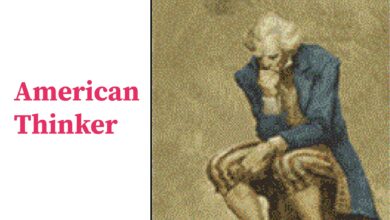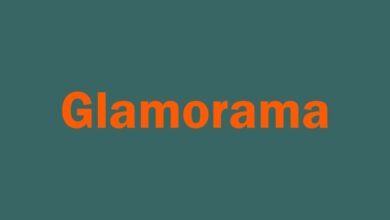Flecktarn vs. Digital Camo: Key Differences and Benefits
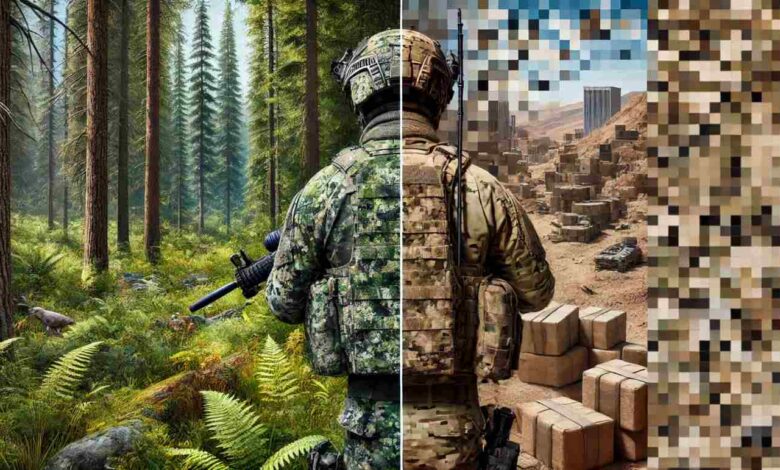
Camouflage patterns have become essential in military and tactical fields, providing concealment and aiding operational success across various terrains. Among the most popular options are the German engineered Flecktarn and the widely adopted Digital Camo, each offering unique benefits and characteristics that make them ideal for different environments. Below, we’ll explore Flecktarn and Digital Camo in depth to help you understand their core differences, benefits, and how each pattern is used effectively.
Introduction to Flecktarn Camo
The Flecktarn camouflage pattern gets its name from the words “spot” and “camouflage.” It was developed in Germany in the 1970 a combination of five colors tailored for performance, in woodland settings was officially selected by the German Army (Bundeswehr). The unique arrangement of shades alongside black forms a dithered pattern meant to break up the human shape effectively; this design aids soldiers, in blending into dense forests and leaf covered terrains to minimize visibility.
The effectiveness of Flecktarn lies in its appearance which imitates the patterns and hues, in temperate forests seamlessly blending across various backgrounds. The camouflage is especially efficient in weather conditions with vegetation where it can make individuals almost undetectable when they are still. As time has passed Flecktarn has become popular beyond settings. Hobbyists seeking dependable concealment in wooded environments frequently employ it in hunting and outdoor pursuits.
Understanding Digital Camo
Digital Camouflage or pixelated camouflage is considered a breakthrough, in camouflaging methods that gained prominence in the 2000s era of technology evolution in this field. In contrast to the patterns of Flecktarn camouflage design Digital Camouflage utilizes square pixels of various colors to produce a blurred digital effect that effectively conceals the wearers outline. The adoption and promotion of this style was notably led by the U.S Marine Corps through the introduction of MARPAT (Marine Pattern) replacing camouflage styles such, as Woodland Camouflage.
The main advantage of Digital Camo is its versatility. By scattering pixels in specific patterns, Digital Camo disrupts visual outlines over a broader range of backgrounds, allowing it to adapt well to multiple environments, such as urban, desert, and woodland. The smaller pixels also blend effectively at both close and far distances, making it a highly adaptable option. As a result, military forces worldwide have made Digital Camo a staple, using it in settings where flexibility and high concealment are necessary.
Differences: Pattern Structure and Visual Effect
The most notable difference between Flecktarn and Digital Camo lies in their visual structures. Flecktarn’s irregular, blob like spots offer a natural, organic appearance that mimics vegetation and foliage patterns, ideal for forested regions. Designers built Digital Camo’s pixelated design using smaller, square blocks to create a less natural but more abstract effect. This structure disrupts the outline of the wearer more effectively across varied environments, including urban areas where sharp edges are prevalent.
The dithering effect in Flecktarn is designed to trick the eye into blending the colors at different distances, creating a continuous look that works best in forested and woodland settings. In contrast, Digital Camo’s pixelation helps break up shapes and edges at multiple distances, allowing it to perform well in both close range engagements and distant views.
While Flecktarn’s more organic appearance is better suited for natural, temperate environments, Digital Camo’s versatility shines across mixed terrains, including arid and urban landscapes. The structural differences between the two make each camouflage pattern highly specialized in its respective strengths.
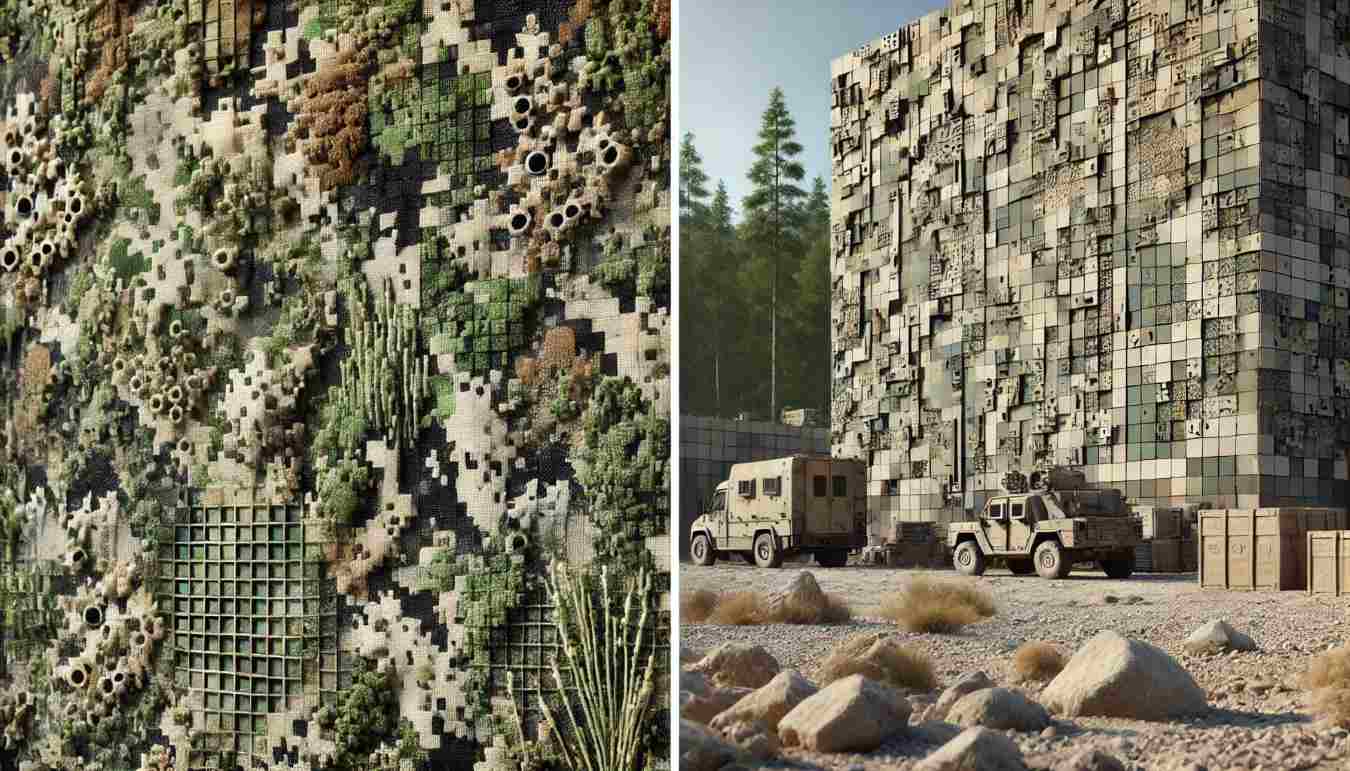
Benefits and Ideal Uses
Flecktarn and Digital Camo provide distinct benefits depending on the environment and specific needs of the user.
Flecktarn’s Benefits
Superior in Woodlands: Flecktarn is excellent in forested areas, where its colors and shapes mimic natural foliage.
Natural Aesthetic: The organic look of Flecktarn appeals to hunters and outdoor enthusiasts, making it a popular choice beyond the military.
Low Contrast at Distance: The dithering effect helps Flecktarn blend smoothly, reducing sharp outlines that may otherwise catch attention.
Digital Camo’s Benefits
Highly Adaptive: Digital Camo’s pixelated design allows it to perform in diverse environments, from deserts to urban areas.
Effective at All Ranges: The pixelated structure disrupts shapes at both close and far distances, providing concealment in various combat scenarios.
Standardized and Widely Used: Due to its adaptability, Digital Camo has been widely adopted, making it suitable for multi terrain operations.
These benefits highlight the different specializations of each camouflage pattern. While Flecktarn’s focus is on naturalistic blending, especially in temperate zones, Digital Camo’s broader adaptability makes it a versatile solution across different landscapes.
Practical Applications: Choosing Flecktarn or Digital Camo
Choosing between Flecktarn and Digital Camo often depends on the specific environment and operational requirements. Flecktarn, with its organic blend, is highly effective for forested or wooded terrains, making it ideal for European woodlands and moderate climates. This is why the German Bundeswehr and other European forces prefer it for forest operations, as it naturally blends with dense foliage and is less detectable by infrared, an essential aspect for night operations.
Digital Camo, on the other hand, is exceptionally versatile and is often the preferred choice for forces operating in diverse environments. Its adaptability across various terrains, from arid deserts to urban landscapes, makes it particularly valuable for multi terrain military units like the U.S. Marine Corps, who operate globally. The pixelation in Digital Camo is also effective in disrupting outlines at long distances, making it advantageous in open areas such as deserts and mixed terrain.
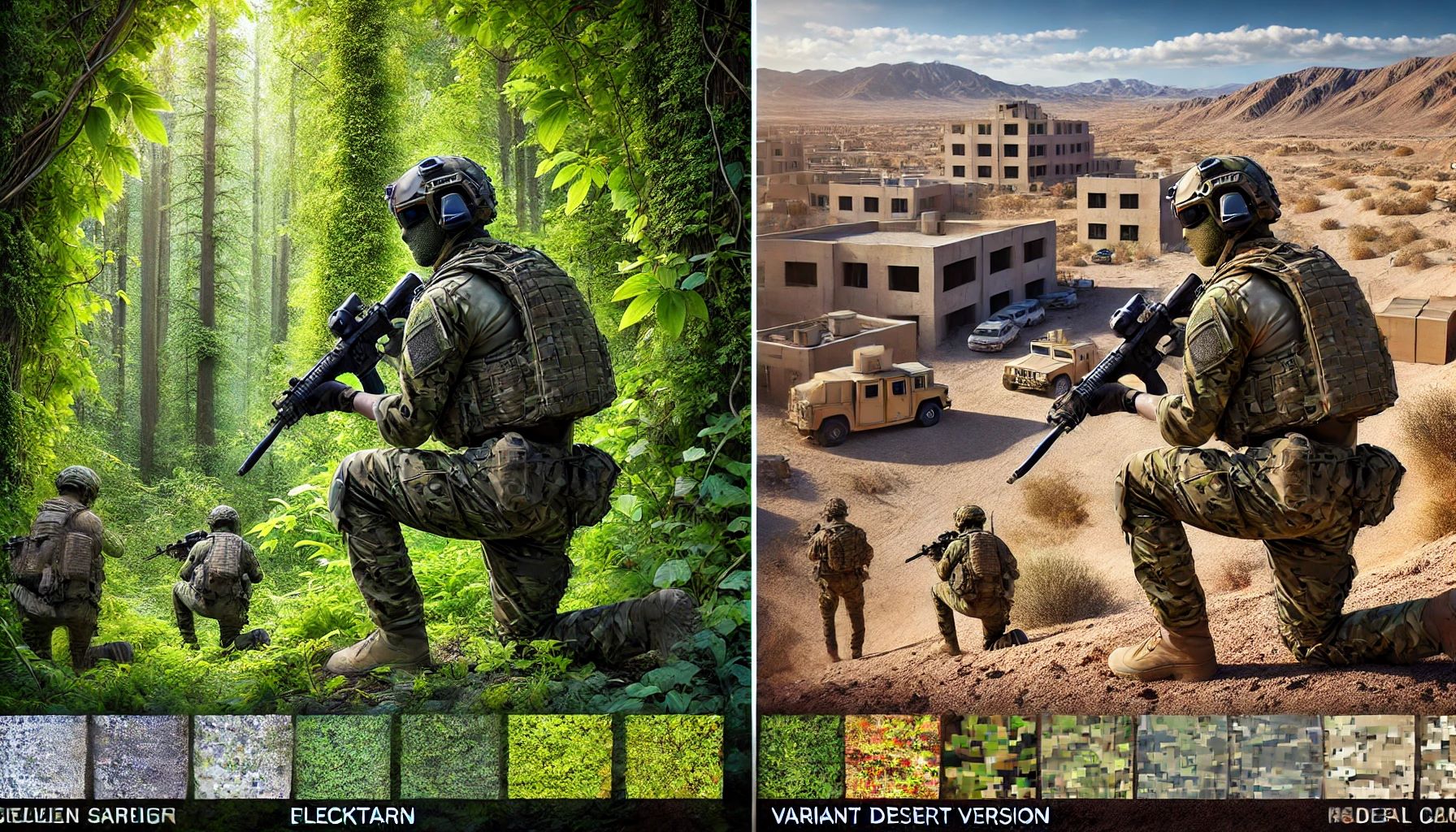
Adaptability to Modern Environments
In recent years, advancements in technology have pushed camouflage patterns to adapt to a range of modern environments. Flecktarn’s traditional design has remained relevant because it continues to excel in green heavy, forested regions. However, the demands of contemporary military missions often require rapid adaptation across terrains. In response, Flecktarn has introduced variants like Tropentarn (desert Flecktarn), allowing for effective camouflage in arid landscapes. Designers primarily optimized Flecktarn for woodland areas despite its adaptation.
Digital Camo has evolved more flexibly, with variants like MARPAT (Marine Pattern) for woodland and desert, as well as UCP (Universal Camouflage Pattern) designed for diverse operational environments. These versions allow Digital Camo to be an all in one solution for soldiers moving between forested, urban, and desert terrains. The U.S. Army’s adoption of the Operational Camouflage Pattern (OCP) also reflects this shift toward adaptable camouflage that performs across multiple environments, making Digital Camo an appealing option for global operations.
Comparative Analysis: Which is Better?
When it comes to selecting a camouflage pattern, neither Flecktarn nor Digital Camo is universally better; each serves different strategic purposes. Flecktarn is unrivaled in temperate and forested environments due to its natural blending effect and color palette designed specifically for green heavy landscapes. It provides high effectiveness in wooded areas, allowing for seamless integration into dense foliage. However, it falls short in urban and open desert environments, where its color palette and patterns may stand out.
People praise digital camo for its flexibility and performance across multiple terrains. Its pixelated design not only adapts well to different surroundings but also disrupts the human outline more effectively at a variety of distances. This makes it especially useful for modern military units that operate in mixed terrains. However, Digital Camo’s abstract pixelation can sometimes make it less effective in very specific environments, like dense woodlands, where the artificial look may not blend as naturally as Flecktarn does.
In summary, the choice between Flecktarn and Digital Camo depends on the specific environment and operational needs. Flecktarn is ideal for forested regions with natural greenery, while Digital Camo offers broader adaptability for multi terrain operations. Each has its strengths and limitations, making them highly specialized tools for distinct military scenarios.



